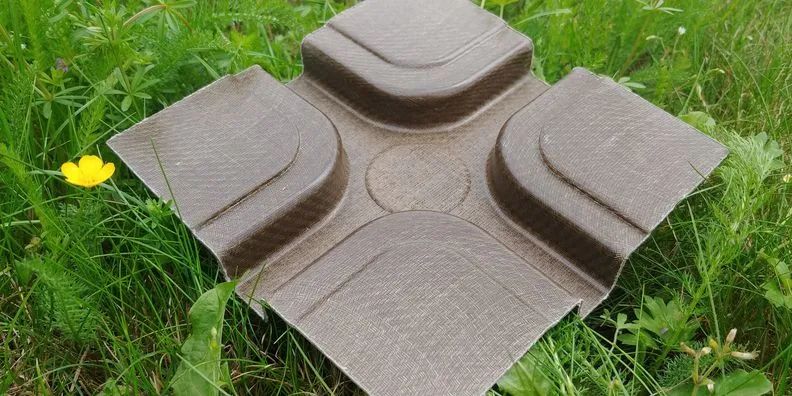A fabric made from natural flax fiber is combined with a bio-based polylactic acid as the base material to develop a composite material made entirely from natural resources.
The new biocomposites are not only made entirely of renewable materials, but can be completely recycled as part of a closed-loop material cycle.
Scraps and production waste can be reground and easily used for injection molding or extrusion, either alone or in combination with unreinforced or short-fiber-reinforced composite new materials.
Flax fiber is much less dense than glass fiber. Therefore, the weight of the new flax fiber reinforced composite is much lighter than that of the glass fiber reinforced composite.
When processed into a continuous fiber reinforced fabric, the bio-composite exhibits the mechanical properties typical of all Tepex products, dominated by continuous fibers aligned in a specific direction.
The specific stiffness of biocomposites is comparable to that of equivalent glass fiber reinforced variants. Composite components are designed to accommodate the expected load, and most of the force can be transmitted through continuous fibers, thereby achieving the high strength and stiffness characteristics of fiber-reinforced materials.
The combination of flax and clear polylactic acid produces a surface with a brown natural carbon fiber appearance, which helps emphasize the sustainable aspects of the material and creates more visual appeal. In addition to sports equipment, the biomaterials could also be used to make car interior parts, or electronic and shell components.
Post time: Oct-22-2021


